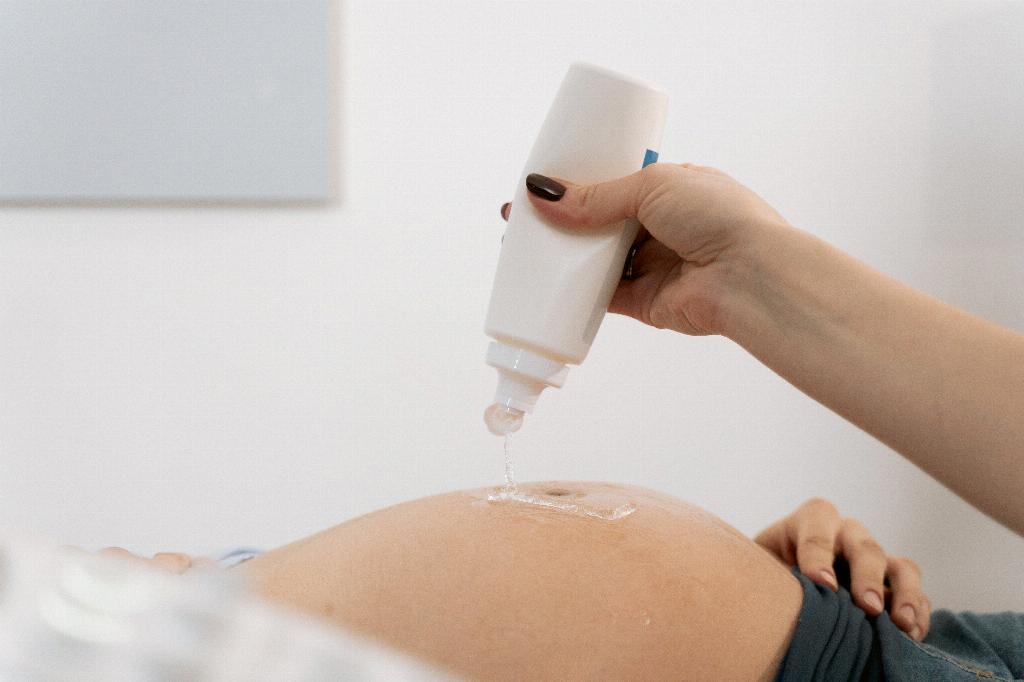When it comes to navigating sex during the first trimester of a high-risk pregnancy, it’s crucial to consider various factors to ensure the health and safety of both the mother and baby. High-risk pregnancy encompasses a range of conditions that can impact pregnancy outcomes, making it essential to approach sexual activity with caution and awareness.
If you fall into the category of being at risk for miscarriage or have a history of past miscarriages, healthcare providers may advise against engaging in sexual intercourse during the first trimester. The concern stems from the potential for added strain on the pregnancy, which could increase the risk of complications or further miscarriages.
Similarly, if you are at risk for preterm labor, characterized by contractions before 37 weeks of pregnancy, abstaining from sex during the first trimester may be recommended. Intercourse can sometimes stimulate contractions, potentially triggering preterm labor and posing a threat to the baby’s health and development.
In cases where vaginal bleeding, discharge, or cramping without a known cause are present, engaging in sexual activity during the first trimester of a high-risk pregnancy may pose additional risks. These symptoms could indicate underlying issues that may be exacerbated by sexual intercourse, warranting caution and potentially avoidance of such activity.
It’s essential for individuals in high-risk pregnancies to communicate openly and regularly with their healthcare providers regarding sexual activity during the first trimester. Healthcare professionals can offer personalized guidance based on individual circumstances, ensuring that decisions align with the specific needs and risks associated with the pregnancy.
While the decision to engage in sexual intercourse during the first trimester of a high-risk pregnancy is ultimately a personal one, it’s crucial to prioritize the health and well-being of both the mother and the baby. Open communication, informed decision-making, and cautious consideration of potential risks are key elements in navigating this aspect of pregnancy.
Seeking guidance from healthcare providers and remaining proactive in monitoring any changes or symptoms can help individuals make informed choices about sexual activity during the first trimester of a high-risk pregnancy. Prioritizing regular check-ups and consultations can ensure that any concerns or complications are addressed promptly and effectively.
Ultimately, the decision to engage in sexual activity during the first trimester of a high-risk pregnancy requires a balanced approach that considers both the physical and emotional well-being of the expectant mother. By staying informed, communicating openly with healthcare providers, and prioritizing safety, individuals can navigate this aspect of pregnancy with confidence and peace of mind.

